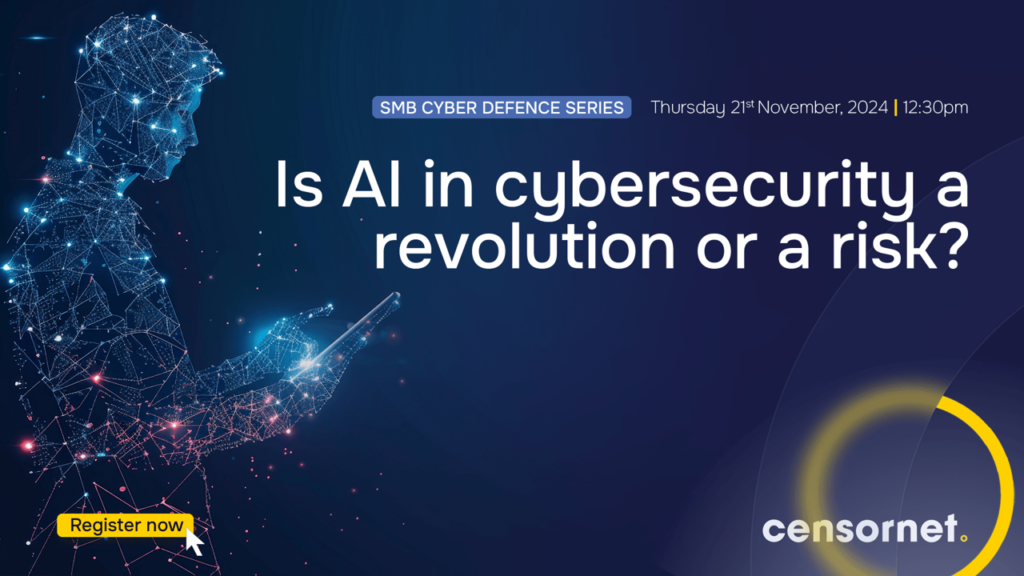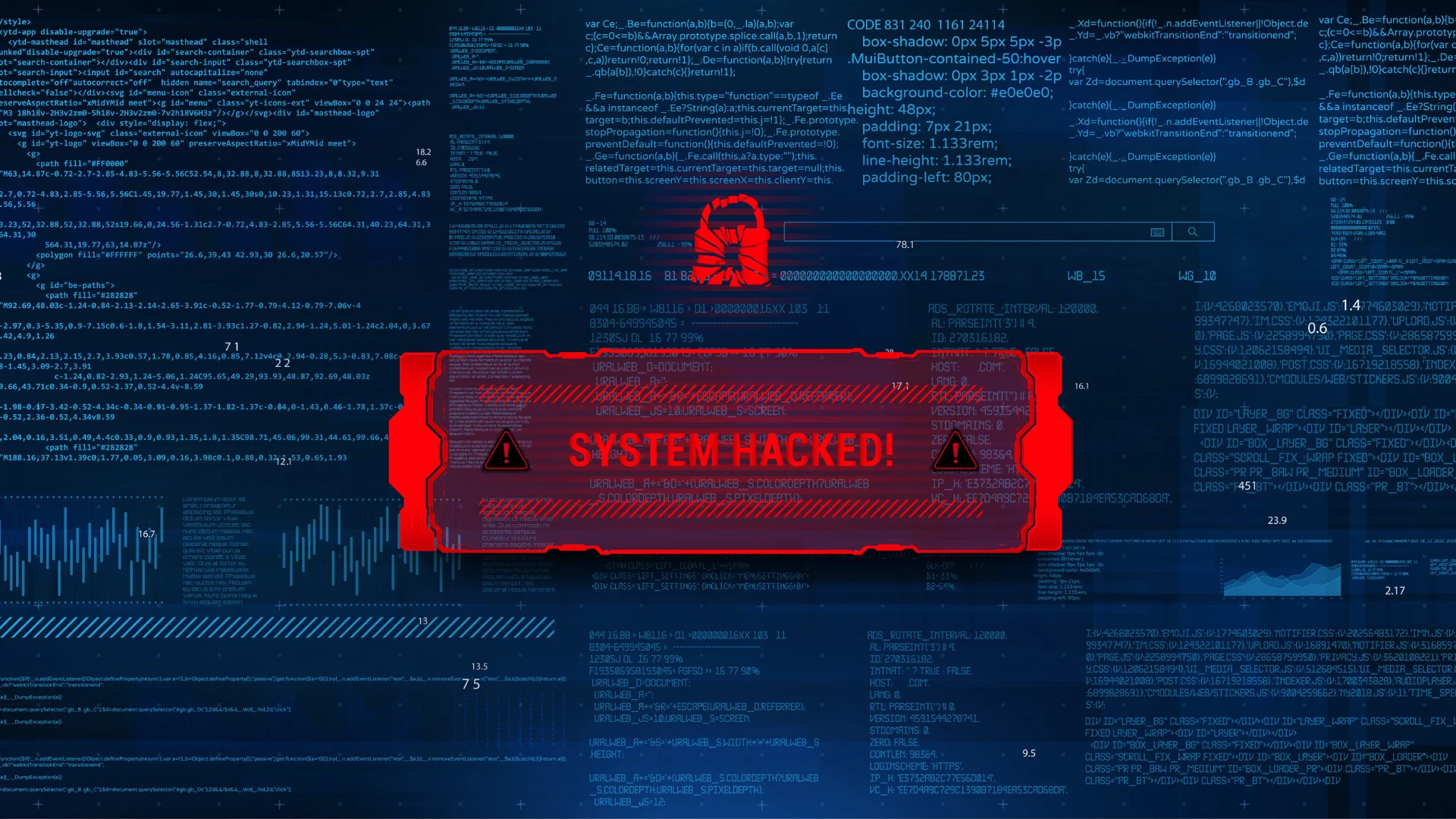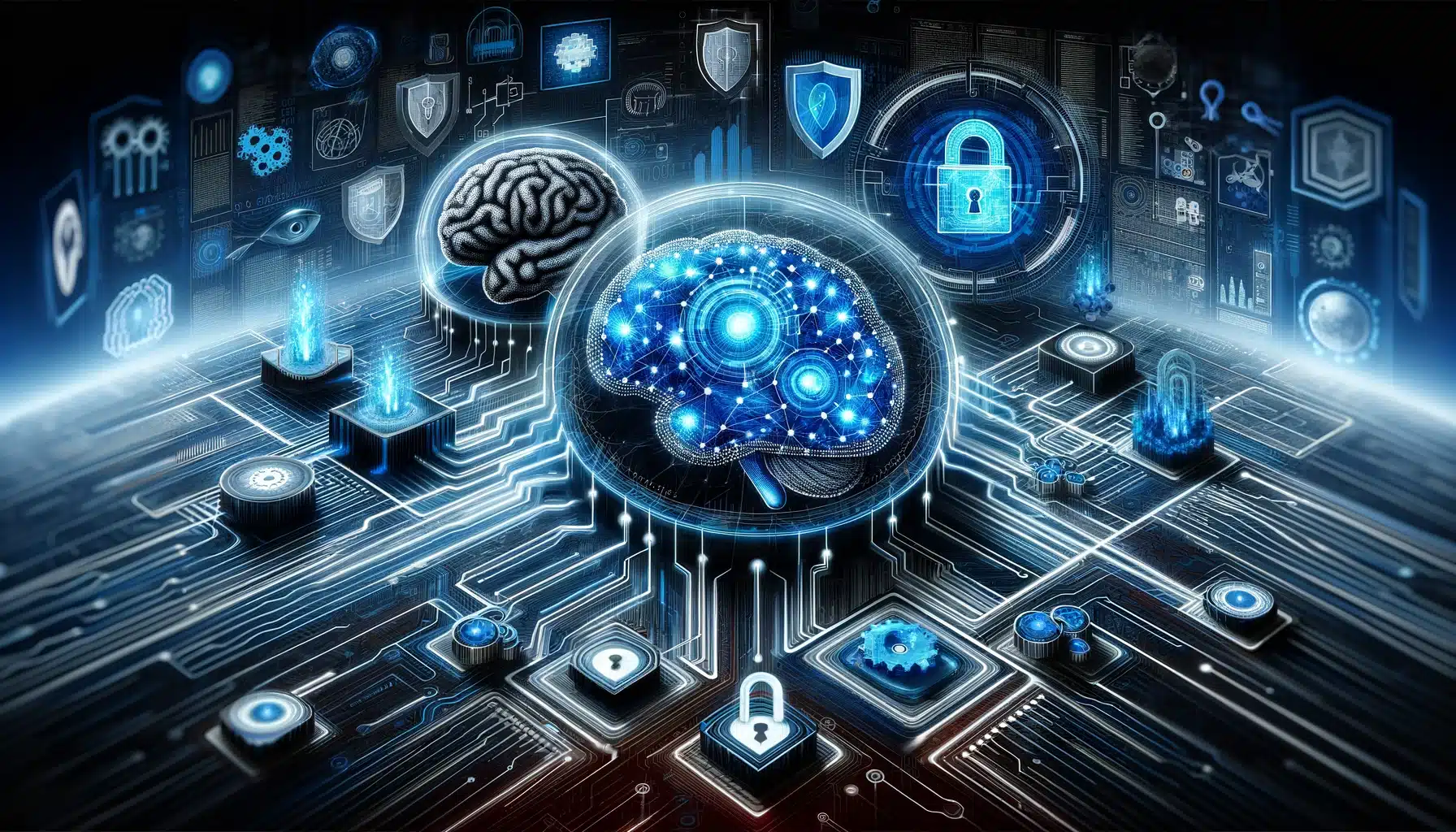As the world faces a wave of AI-driven cyber threats, organisations are racing to deploy advanced AI-based cybersecurity solutions. From malware that adapts in real time to phishing schemes mimicking human behaviour, the stakes have never been higher.
But can AI effectively counter these AI-powered attacks, and how much should we trust these new technologies to defend against increasingly complex threats?
The use of AI in cybersecurity does present us with both opportunities and challenges.
On one hand, AI can analyse data at speeds and depths previously impossible, spotting anomalies and patterns faster than any human analyst.
On the other, heavy reliance on AI introduces risks, particularly if tools lack human oversight to address complex cyber threats.
The results of which can be catastrophic – does anyone remember the Crowdstrike incident?

Closing the Skills Gap with AI
The cybersecurity industry struggles with a critical skills gap, especially among small and medium-sized businesses (SMBs) who often lack resources to attract top talent. The global cybersecurity workforce gap stands at an estimated 3.4 million, creating enormous demand for qualified professionals.
Here, AI is filling the gap. By automating repetitive tasks like log analysis and threat detection, AI frees cybersecurity teams to focus on more strategic issues. AI-powered tools like Cloud Access Security Brokers (CASB) and endpoint detection and response (EDR) can detect and neutralise threats autonomously, a valuable boost for SMBs.
AI's Role in Battling AI-powered Cyber Threats
AI-powered attacks, such as self-evolving malware and hyper-realistic phishing, are growing more sophisticated. AI-based cybersecurity solutions combat these threats by leveraging machine learning algorithms to detect suspicious patterns in real-time, spotting unusual behaviours that may signal an intrusion.
However, AI in cybersecurity is not about replacing human professionals. It’s designed to enhance human capabilities by providing faster insights and enabling proactive responses. This human-AI hybrid approach is proving effective in mitigating the sophisticated tactics AI-powered attacks deploy.
Compliance and Automation: A Necessary Balance
Meeting compliance standards, like ISO 27001, requires layers of technical controls, including effective password policies, detection mechanisms for compromised accounts, and continuous monitoring. Managing compliance without overwhelming human resources requires automation, and AI simplifies the process by automating audits and monitoring.
Gartner predicts that by 2036, 60% of organisations will prioritise preventing cloud misconfigurations, up from 25% in 2021. For many, AI-based compliance solutions reduce the burden of manual checks, allowing security teams to focus on strategic activities. But it’s essential to balance automation with human oversight to ensure configurations are correctly set and that AI tools aren’t missing critical issues.
AI Implementation Challenges for SMBs
Many SMBs face compatibility issues when adopting AI tools, especially due to the dominance of SaaS applications and the challenge of managing multiple security solutions. On average, organisations can use up to 45 different tools, creating a patchwork system that can lead to “alert fatigue,” where critical security alerts are missed simply due to volume.
Balancing consolidated solutions with best-of-breed tools is key. AI-powered platforms with integrated capabilities can streamline incident response and help reduce alert fatigue. Centralised security management allows SMBs to prioritise the most critical threats and reduce administrative overhead.
Incident Response: Real-Time Detection with Automation
Automating incident response allows organisations to maintain productivity and minimise downtime. Whilst most solutions detect threats in real-time, with AI you can start using machine learning to continuously improve based on past incidents. As global damages from cyber-attacks are expected to reach £8.4 trillion annually by 2025, incident response needs to be just as sophisticated as the threats.
Real-time log streaming and contextual alerting help analysts quickly access precise information without sifting through extensive data logs. By accelerating incident response, AI can prevent small issues from escalating into major crises, helping protect both financial and reputational interests.
Human Expertise: A Critical Component of AI-powered Cybersecurity
While AI tools are powerful, they lack the nuanced judgment and ethical considerations that human professionals bring. For example, using AI in employee monitoring raises privacy and ethical concerns that cannot be navigated by algorithms alone. Human oversight is critical to balance AI’s capabilities with ethical and legal considerations, particularly in data privacy and compliance.
For example, an AI-based intrusion detection system might flag unusual behaviour on an employee’s account, but human interpretation is needed to determine whether it signals a security threat or simply irregular activity.
AI is undeniably a powerful force in cybersecurity, capable of responding to threats faster and more accurately than ever before. But relying on AI alone is not a silver bullet; effective cybersecurity will always require a blend of cutting-edge tools and skilled human oversight. For SMBs seeking to enhance their defences, AI-powered tools offer an essential boost, but thoughtful implementation is key, balancing automation with human judgment and ethical considerations.
Related article
If you want to learn more – Exposing the Hype: What Can AI Actually do for Cybersecurity?
Register Now - Is AI in Cybersecurity a revolution or overhyped risk?
Date: Thursday 21 November 2024
Time: 12.30pm BST
AI in Cybersecurity: Revolution or Hype?
Join us as we tackle the big questions around AI’s real impact, trustworthiness, and challenges in security.
In our free 25min webinar, we’ll uncover:
- Is there a risk of over-reliance on AI?
- Can AI in cybersecurity be trusted for critical decision-making?
- What are the challenges in integrating AI with legacy security systems?

Register today to watch live or later on-demand.
If you miss any of our webinars, you can watch back the entire series on our website.






